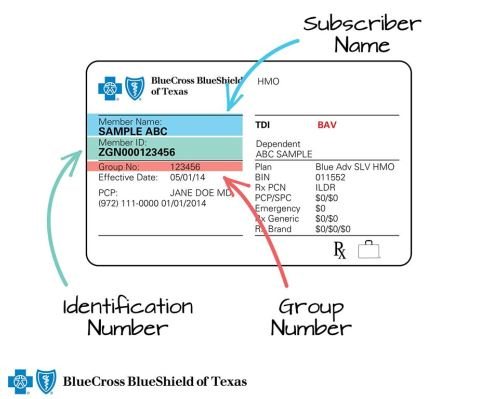The predicted rate of survival was 62 percent. Myelofibrosis is typically treated with a stem cell transplant so I started working with Uday Popat MD to find a donor.
 Outcome Of Allogeneic Hematopoietic Stem Cell Transplantation For Patients With Chronic And Advanced Phase Myelofibrosis Sciencedirect
Outcome Of Allogeneic Hematopoietic Stem Cell Transplantation For Patients With Chronic And Advanced Phase Myelofibrosis Sciencedirect
Myeloproliferative MF can present in a patient with no relevant.

Myelofibrosis bone marrow transplant survival rate. It improves the survival rate of the patients up to 3 to 5 years after the procedure. My sister was only a 50 match and Dr. Corresponding 5-year overall survival OS rates were 37 30 and 40 respectively.
While clinical guidelines and emerging prognostic tools are useful to. However patients with MF with thrombocytopenia. Patients often experience multiple disease-associated as well as treatment-emergent cytopenias including thrombocytopenia.
DFS rates were 33 27 and 22 respectively. The medulla is filled with a soft tissue called the marrow. Popat wanted a 100 match.
39 for HLA identical sibling donors and 17 for unrelated donors at 3 years. 35 After a median followup time of 60months for living patients 28 42 deaths and 7 10 disease relapses were documented. In patients with MRD measured after the transplant the survival rate dropped to 35 leukemia-free and 55 overall.
Both early and long-term survival rates were higher after HLA-identical sibling transplantation. In this large retrospective series allogeneic transplantation for myelofibrosis. DFS for patients receiving reduced-intensity transplants was comparable.
The 100-day treatment-related mortality was 18 for HLA identical sibling transplants 35 for unrelated transplants and 19 for transplants from alternative related donors. We scheduled the transplant. It is formed of cells that divide adequately to form all blood.
The only curative therapy for MF is allogeneic hematopoietic cell transplantation HCT. Another study on adult survivors of bone marrow transplant revealed lower patient quality of life when any of the following conditions are present. When the baby is born his or her blood is only formed in a group of stem cells in the cavities of bones called the bone marrow.
Myelofibrosis MF is a myeloproliferative neoplasm characterized by clonal myeloid proliferation peripheral cytopenias bone marrow fibrosis extramedullary hematopoiesis and heterogeneous symptom burden. Myelofibrosis MF is a relatively rare bone marrow cancer. Corresponding 5-year overall survival OS rates were 37 30 and 40 respectively.
In multivariate analysis of 215 adult recipients of myeloablative. Luckily I had two perfect unrelated matches through Be the Match the National Marrow Donor Program. It is effective in primary myelofibrosis in spleen and liver are not severely damaged.
Also some patients with MF remain symptom-free for many years and may not require immediate treatment. While older people are most likely to get myelofibrosis being older means you might not respond well to a stem cell transplant. Bone marrow transplantation is the only curative method for myelofibrosis.
Youll fare best if youre 65 or younger. It is classified as a myeloproliferative neoplasm in which the proliferation of an abnormal clone of haematopoietic stem cells in the bone marrow and other sites results in fibrosis or the replacement of the marrow with scar tissue. Corresponding 5 year overall survival rates were 39 31 and 31.
Allogenic Stem Cell Transplantation is the only curative treatment for MF. Bones -especially long bones like the thigh- are composed of a hard shell called the cortex and a soft cavity within called the medulla. DFS rates were 33 27 and 22 respectively.
Meeting three or more can lower the expected survival rate to around two years. The NMDP found that 75 percent of patients undergoing this procedure at Memorial Sloan Kettering survived through the first year. I wasnt in any immediate danger so we kept looking.
100-day mortality was 22 after sibling transplants 42 after MUD transplants and 27 after alternative family donor transplants. The only curative treatment for myelofibrosis MF continues to be allogeneic. However anyone who has been diagnosed with MF needs to be monitored over time for signs or symptoms that suggest the disease has worsened.
A recent report on the Mayo Clinic experience with ASCT in MF included 67 patients median age 55years transplanted between January 1996 through December 2014. Myelofibrosis MF is a chronic myeloproliferative neoplasm characterized by bone marrow fibrosis ineffective hematopoiesis splenomegaly constitutional symptoms and shortened survival. Study Finds 74 Long-Term Survival Rate for Patients With Myelofibrosis.
Meeting one of the factors below means the average survival rate is eight years.







